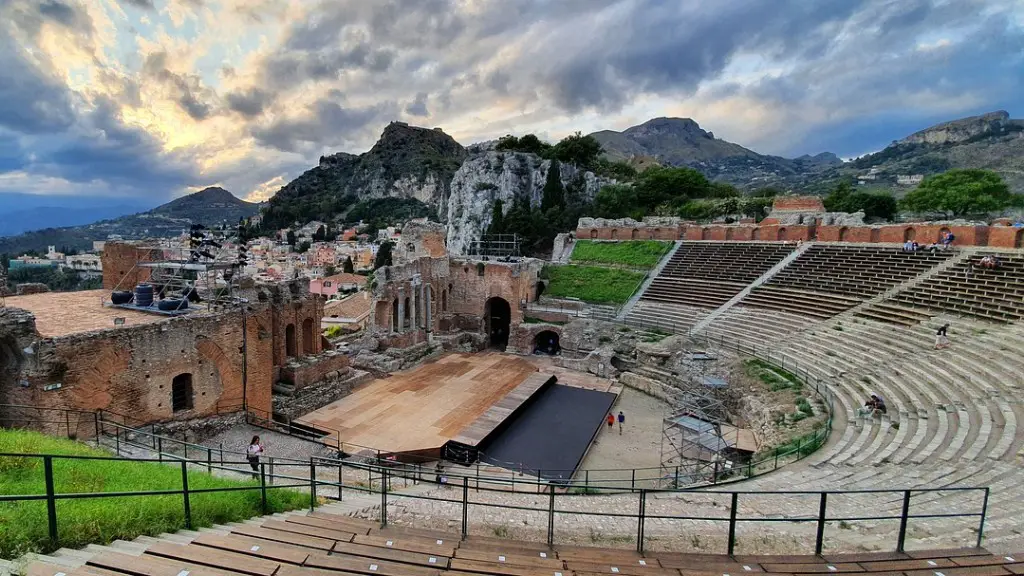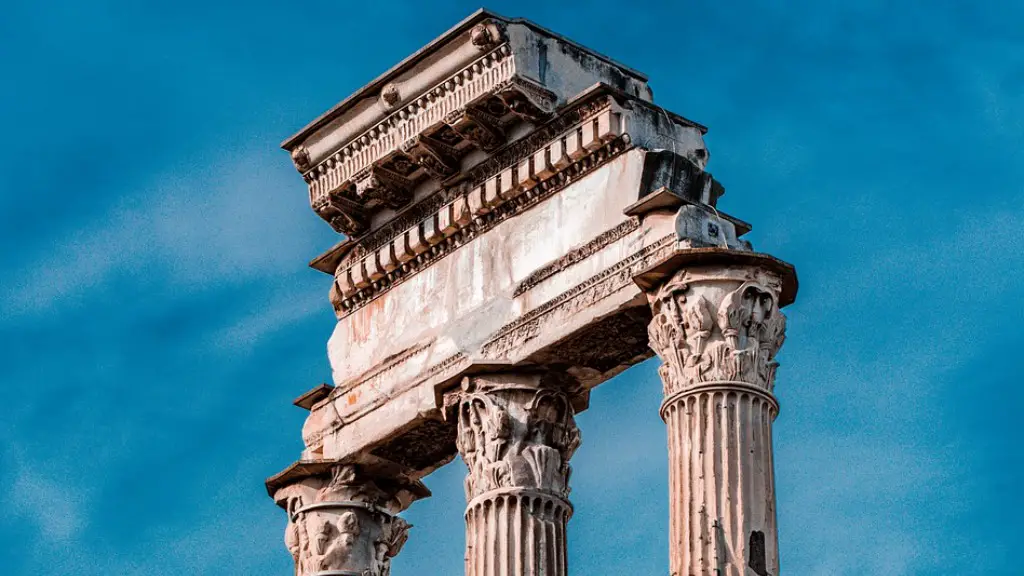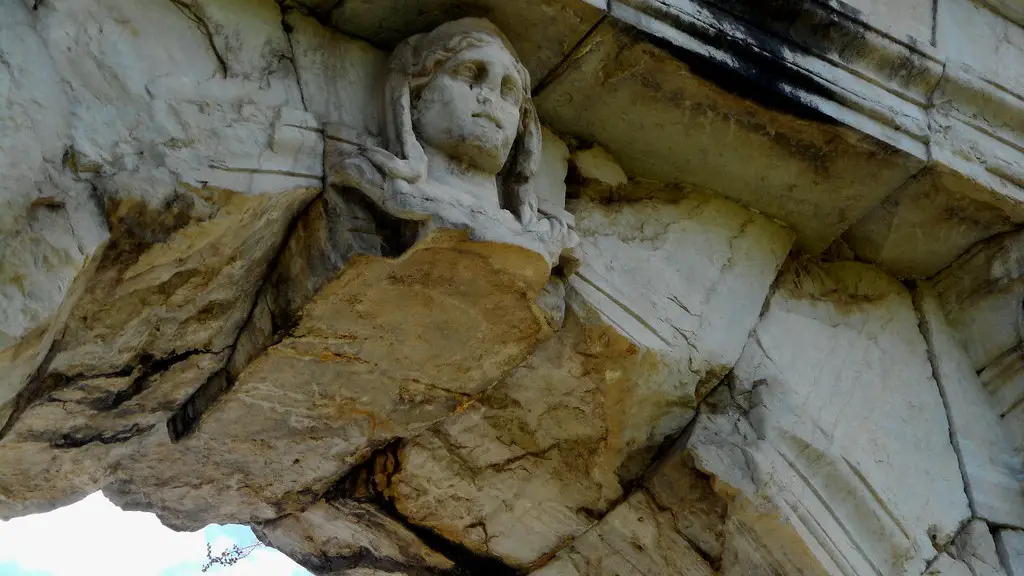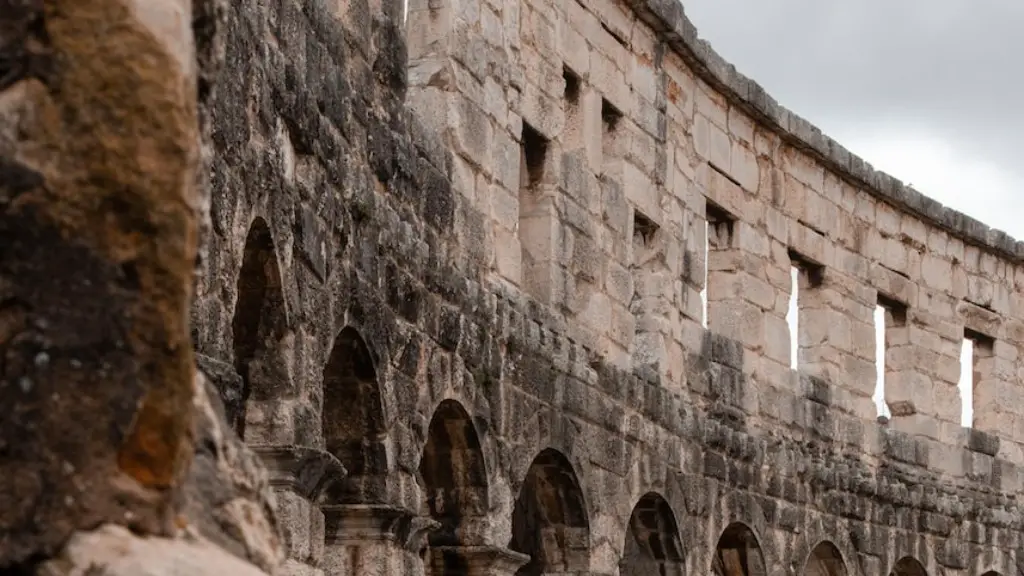The Ancient Roman civilization began in the 8th century BC and lasted until the 5th century AD. This great civilization, which had a lasting impact on culture and society, was one of the most influential cultures in all of history. The rise and fall of the great Roman Empire is a fascinating story, one that has debated historians and scholars for centuries. When it comes to the start and the end of Ancient Rome, the period of time that we’re talking about spans almost 1,000 years, which is quite remarkable.
What is perhaps most interesting about Ancient Rome is the fact that it was an empire that was composed of two separate entities on either side of the Mediterranean Sea. The western half, known as Rome proper, was actually founded in the 8th century BC when Latins and Etruscans inhabited the region. The eastern half, the city of Byzantium, was founded in the 4th century BC by Greeks. Each half of the Roman Empire had its own culture, traditions, and customs.
At it’s peak, the Roman Empire extended from northern England to the Persian Gulf, and covered over two million square miles. It was a major world power and a major center of learning and commerce. However, the Roman Empire was not without its challenges. Numerous wars, economic turmoil, and political instability plagued the empire throughout its history, eventually leading to its eventual collapse.
At the beginning of the 5th century AD, Rome had experienced many years of decline, especially in the western half of the empire. In 476 AD, the Germanic King Odoacer deposed the last western Roman emperor, ending the long-lasting republic. However, the eastern half of the empire continued on for several more centuries, eventually becoming known as the Byzantine Empire.
The legacy of the Roman Empire has stirred the minds and imaginations of generations across the centuries. What began as a small city-state in the 8th century ended up becoming one of the most powerful and influential empires in history. Its lasting influences on culture and society is still felt today, as evidenced by the many countries, cities, monuments and works of art which still bear the imprint of ancient Rome.
Engineering Accomplishments
Ancient Rome produced a wealth of incredibly impressive engineering accomplishments. Construction was the driving characteristic of the Ancient Roman civilization, a civilization focused on the demonstration of power of its emperors and the people of Rome. They built colossal monuments, aqueducts, and roads to exemplify the achievements of their great civilization. Their engineering took decisive actions to further their military presence, but also focused on providing necessary resources and infrastructure to their population.
The most iconic Ancient Roman engineering achievement is the Colosseum, or what the Ancient Romans called the Flavian Amphitheatre. This coliseum was commissioned by Emperor Vespasian in 72 A.D and completed in 80 A.D during the reign of his son, Titus. Larger than life and architecturally stunning, the Colosseum represented the power and might of the Roman Empire. Other iconic engineering achievements include the Trajan’s Column, a grand monument dedicated to the emperor Trajan and the pantheon, a grand temple dedicated to all of the gods of Ancient Rome.
The Economic Prosperity of Ancient Rome
The greatness of the Roman Empire can be attributed in part to its sound economic system. Although there were periods of financial hardship caused by wars and other political turmoil, the Roman economy was remarkably durable and resilient. The Romans developed a system of taxation that fairly distributed resources throughout the Empire. Furthermore, they pioneered a coin-based currency system, and the introduction of coined money provided stability and helped facilitate trade.
The economy was also incredibly diverse and included an array of industries including agriculture, manufacturing, trade, engineering, construction, and even banking. All of these industries enabled the Roman Empire to maintain a thriving and prosperous society. They also heavily invested in innovation owing to their great investment in infrastructure.
Culture and Arts in Ancient Rome
Ancient Rome was a great center of culture, art, literature, and architecture. Its highly advanced civilization was the envy of its contemporaries and its legacy can still be seen today. The Roman’s joyfully celebrated festivals and rituals to extol the achievements of their Empire. In terms of their arts, they excelled in many areas including pottery, sculpture, painting, metalworking, and even jewelry making. Great works of art such as the Apollo of Veii, the Winged Victory of Samothrace, and the Laocoön and His Sons remain iconic in the annals of history.
The Romans were also highly prolific writers, producing prolific works of literature such as Julius Caesar’s Commentaries on the Gallic War, Cicero’s Three Books of Offices, Virgil’s Aeneid, and Ovid’s Metamorphoses. Roman literature has had a profound influence on European literature, and stories such as those found in the Aeneid still serve as major source of inspiration.
Religion in Ancient Rome
Although the Romans were known to be quite superstitious, their official religion was not particularly rigid. This can be seen in the fact that they did not have a single god or pantheon as many of their contemporaries did. In fact, many different gods and goddesses were worshipped in the Roman Empire, and citizens could worship whichever deity they chose. This flexibility enabled religious tolerance to thrive in Rome.
The major religious festivities in Ancient Rome were the Saturnalia, the Lupercalia, and the Ludi. These festivals usually involved sacrificing animals or fruit, incense burning, and exchanging small gifts. One of the most famous of the Roman gods was Jupiter, the King of the gods, who ironically was never given a temple in Rome for veneration.
Legacy of Ancient Rome
The legacy of the Roman Empire has had a lasting impact on society and culture even till today. Its language and legal system, its architecture and engineering, and its enduring cultural heritage can all be seen in countries across Europe. Its monuments remain iconic symbols of the glory of Ancient Rome, and its literature and art still serves as major sources of inspiration.
The Roman Empire ultimately fell to its enemies in the 5th century AD, but the influence of this great civilization still remains strong. Rome may have fallen and its emperors may have been forgotten, but the lessons, history, and culture handed down by the great Roman Empire can still be seen and felt today.



